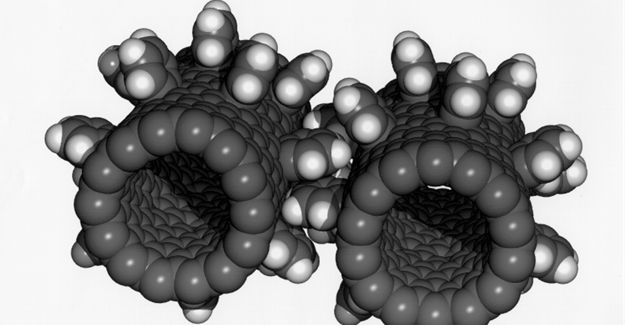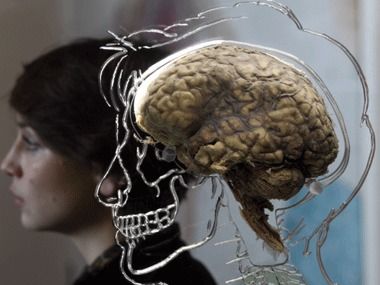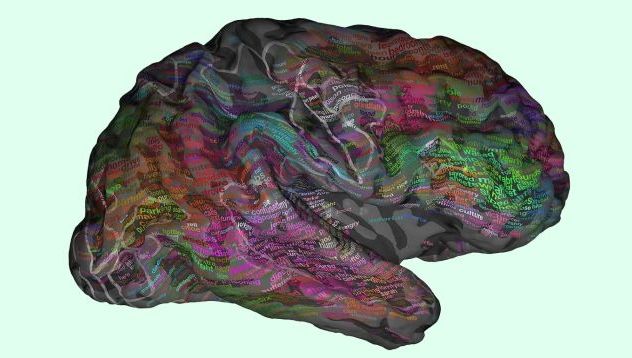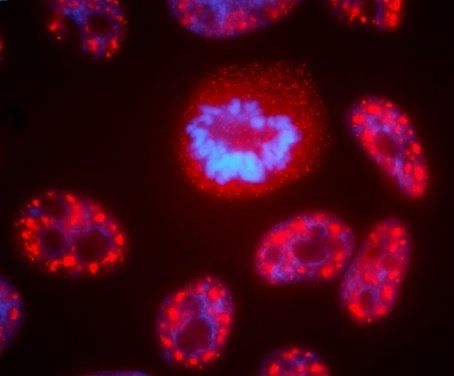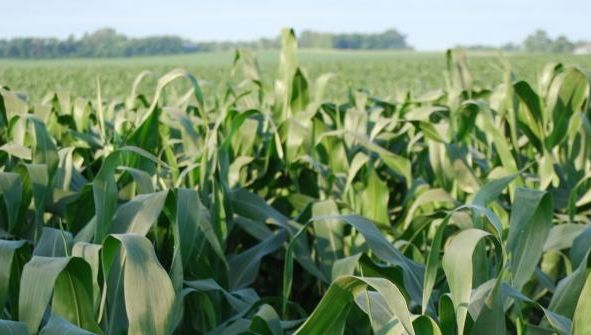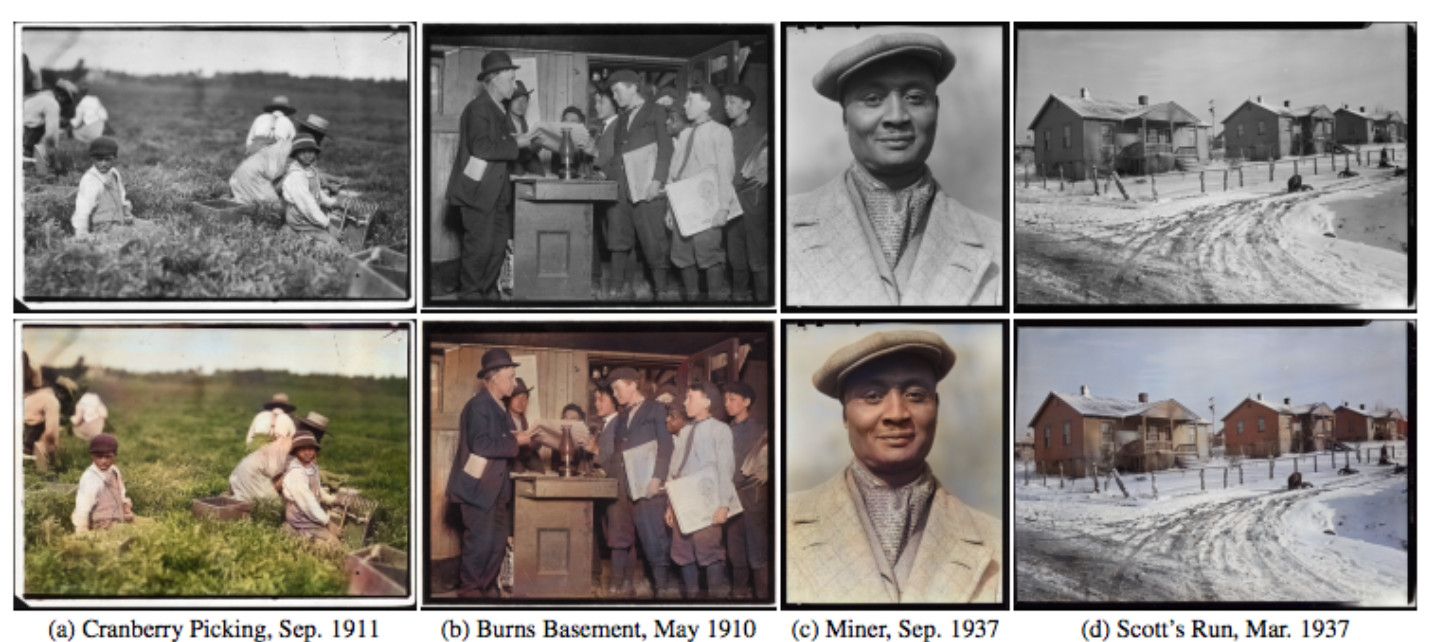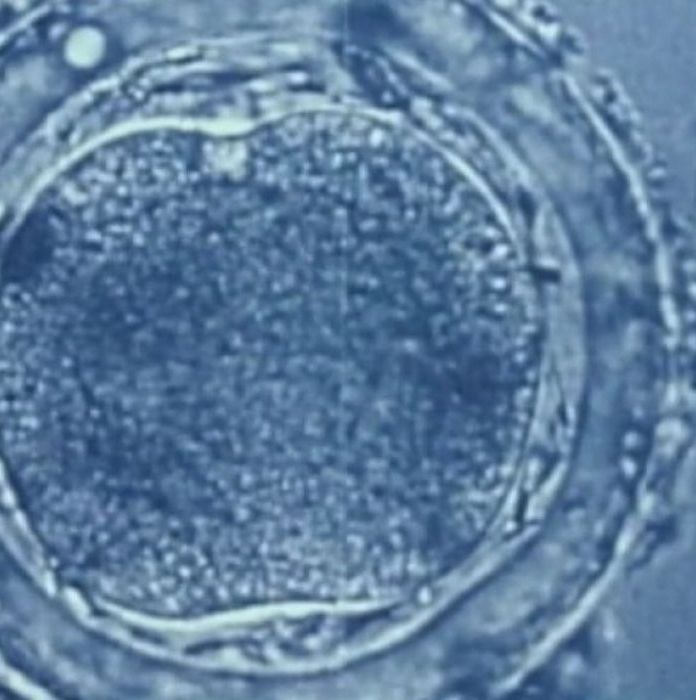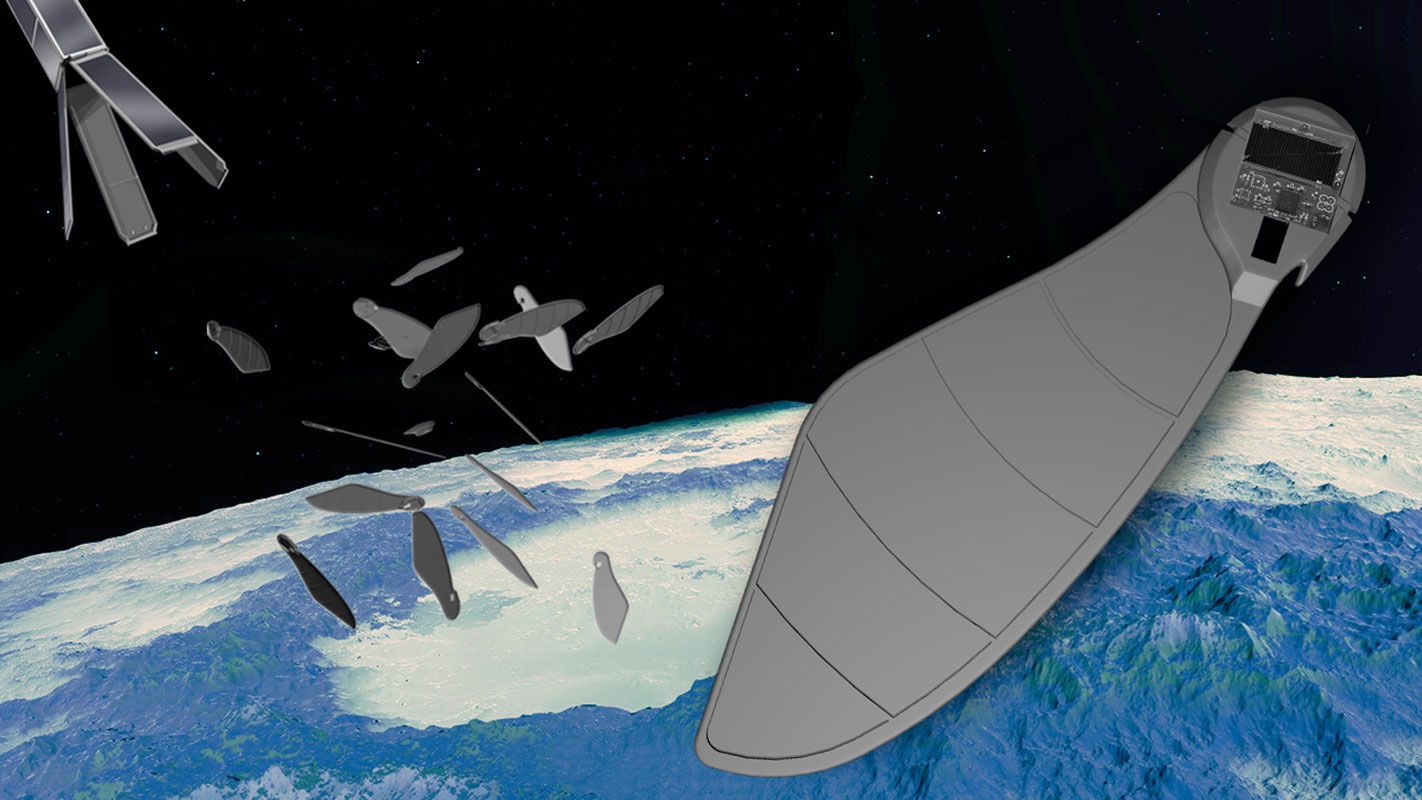Apr 28, 2016
DNA used to build the world’s smallest thermometer
Posted by Karen Hurst in categories: biotech/medical, nanotechnology
DNA used in a thermometer.
A thermometer 20,000-times smaller than a human hair has been developed by researchers using DNA that is capable of measuring temperatures within living cells.
The thermometer, unveiled this week in the journal Nano Letters, was built by scientists at the University of Montreal and is expected to improve human understanding of nanotechnologies.
Continue reading “DNA used to build the world’s smallest thermometer” »

